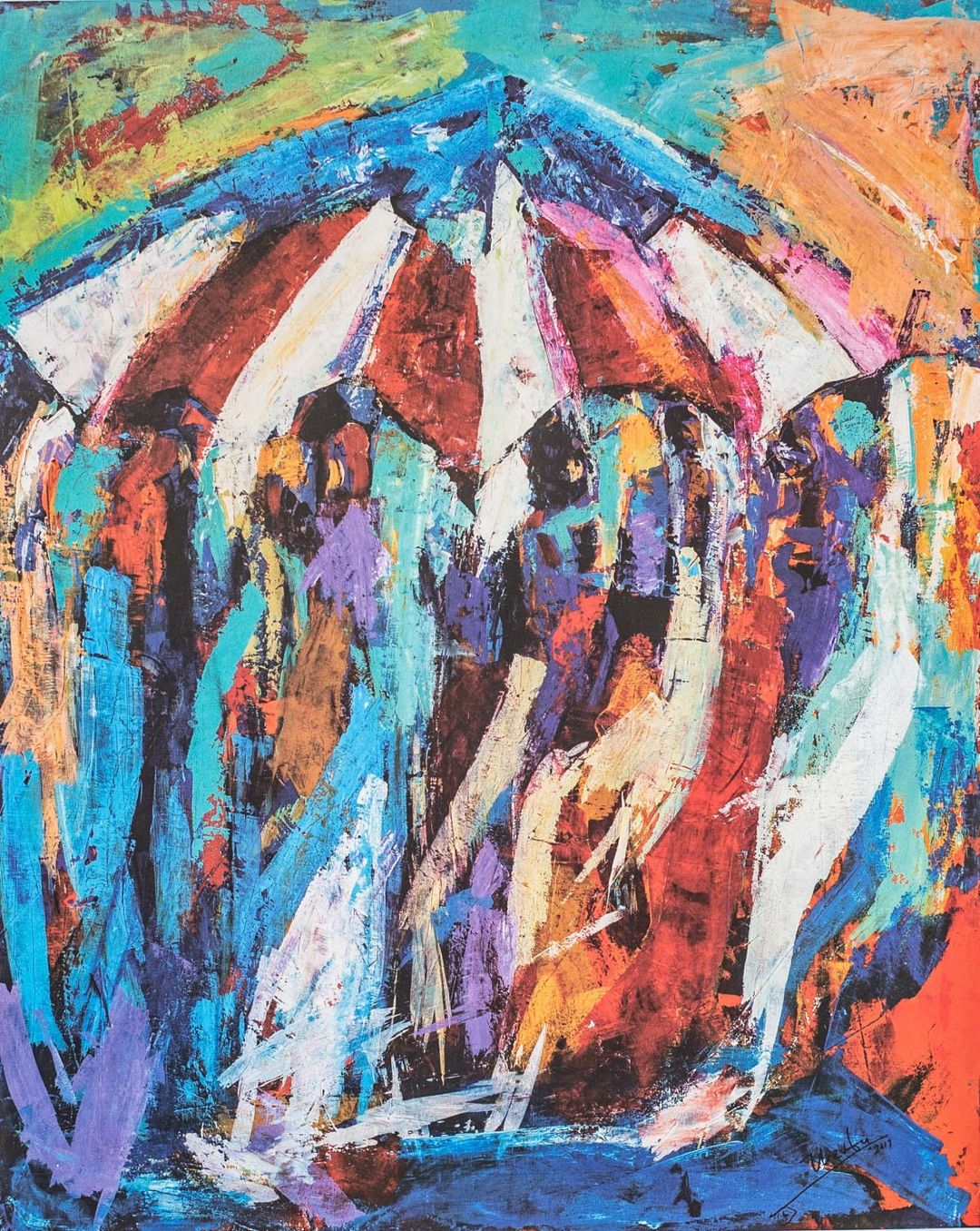The promise is to live in both unity and diversity. It is a promise that is up to us to fulfill. View the study sheet here. Watch the recording here.

On July 4, 1776, the Continental Congress adopted the Declaration of Independence. That same day the Continental Congress also passed a resolution creating a committee to design a Seal of the United States of America. Appointed to serve on the committee were Benjamin Franklin, John Adams and Thomas Jefferson.
Franklin, Adams and Jefferson quickly reached consensus on the motto to be inscribed on the Seal: E Pluribus Unum (“From many, one”). They disagreed, however, on the image for the Seal. Adams wanted a representation of the parable the Choice of Hercules, where the mythic hero is faced with a choice between a life of vice and one of virtue.
Franklin and Jefferson both turned to the Jewish Bible for inspiration. Franklin argued for an image of Moses lifting up his staff and dividing the Red Sea, with Pharaoh in his chariot overwhelmed by the waters. He initially proposed as a motto “Rebellion to tyrants is obedience to God.” Jefferson advocated for a representation of the Israelites in the wilderness, led by a cloud by day and a pillar of fire by night.
The artist and consultant to the Continental Congress Pierre Du Simitiere rejected all three images suggested by the committee members and proposed instead a design consisting of an American bald eagle clutching thirteen arrows in one talon and an olive branch in the other. Inscribed on it was the motto that all three committee members had agreed to: E Pluribus Unum. This design was finally adopted by Congress on June 20, 1782.
On the reverse side of the Seal is the date of the Declaration of Independence and the words “A New Order of the Ages.” This expressed the founders’ belief that a nation consisting of thirteen distinct sovereignties freely united in common cause represented the beginning of a new era in human civil history.
The Book of Numbers honors twelve tribes arranged in common purpose while arrayed in distinct identities, each proudly waving its own colors and banner. Numbers also tells a cautionary tale of how easily that unity can fall apart in the face of external threats, internal grievances and anxieties about what lies ahead. Yet, the Israelites continue their march forward, inspired by a promise of living in both diversity and unity.
Ephraim Urevbu was born in Nigeria. He emigrated to the United States to pursue his dream of becoming an artist. He settled in Memphis, where he established a gallery. Not content to merely express his unique creative imaginings, Urevbu also turned his space into a venue for exploring the sources of fracture in American society and for confronting personal fears and biases. His gallery serves as a site for cultural exchange and conversation. His painting E Pluribus Unum celebrates the umbrella that is the United States of America and the promise it holds for living in both diversity and unity.
Join us here at 7:00 p.m. (PDT) Thursday June 9 as we explore one fragrant collection.








